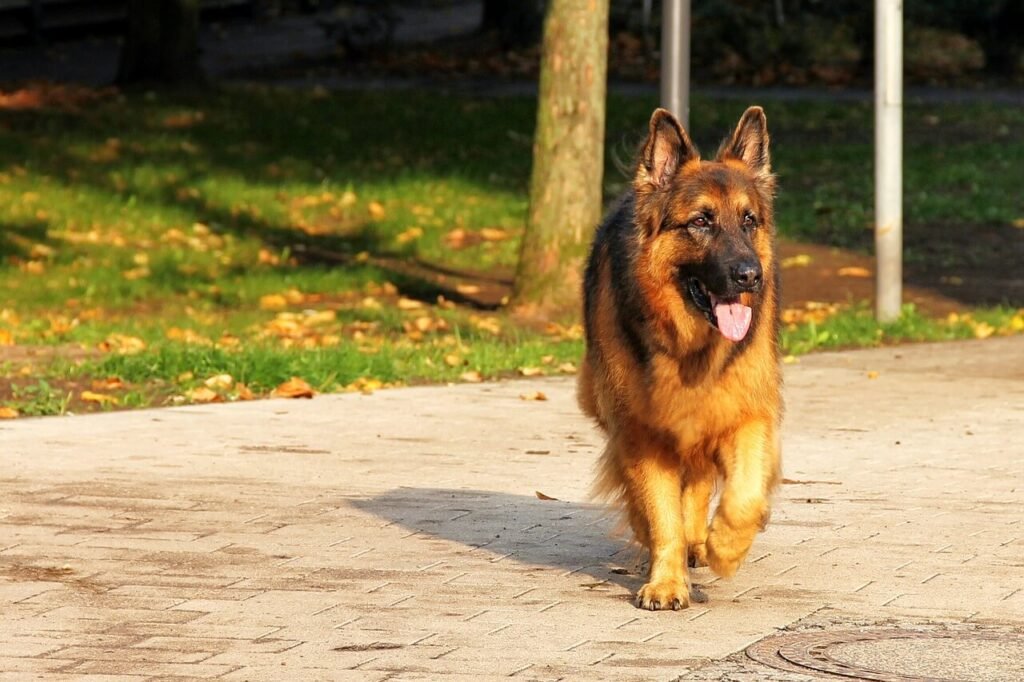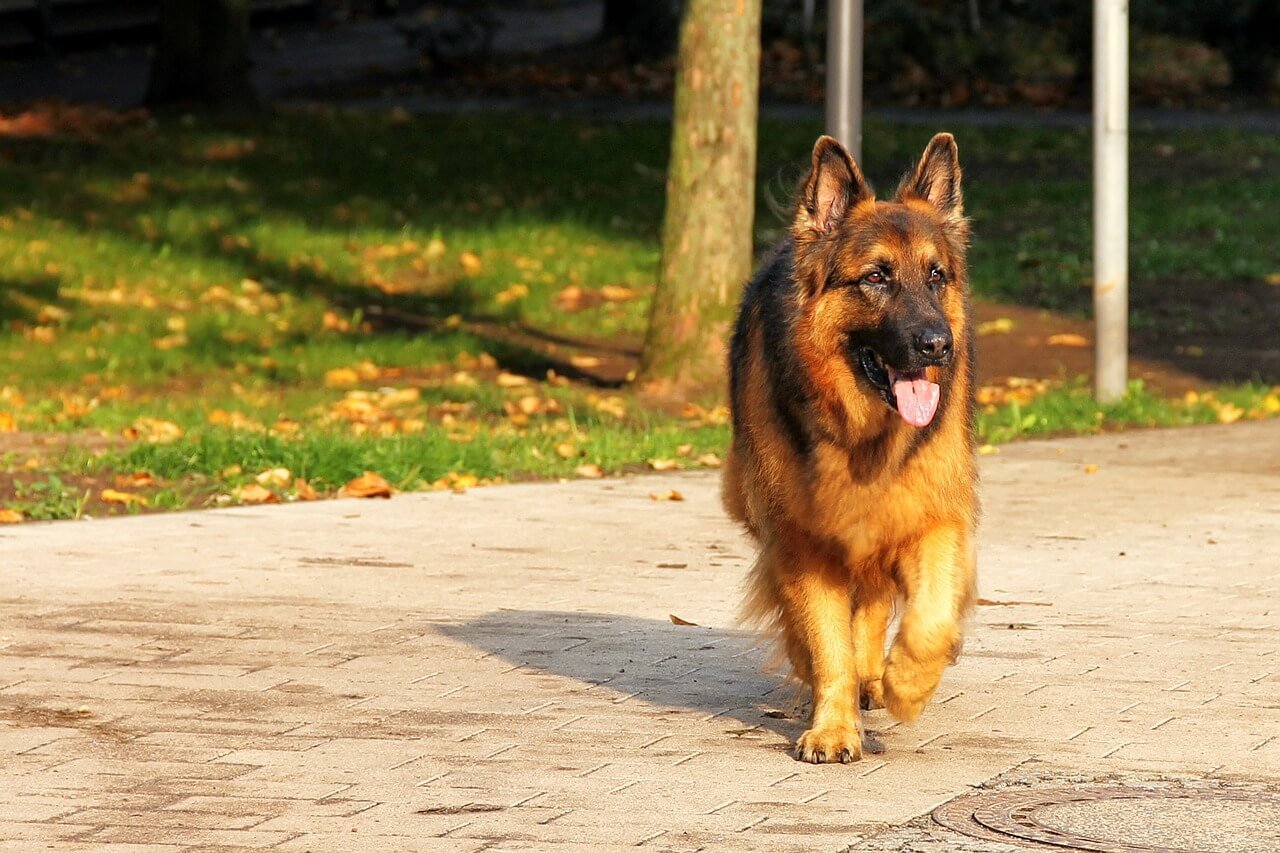The Art of Protection Dog Training: Building Trust, Strength, and Loyalty
In today’s world, where safety and security are paramount, protection dog training has emerged as a vital skill set for both professional trainers and dog owners alike. Whether you’re looking to train a dog for personal protection, law enforcement, or simply to enhance their natural guarding instincts, understanding the nuances of this specialized training is essential.
Protection dog training is not just about teaching commands; it’s about fostering trust, building confidence, and creating a bond that ensures your dog acts as both a loyal companion and a reliable guardian. In this article, we’ll explore the key aspects of this training, its benefits, challenges, and practical tips to help you get started.
What Is Protection Dog Training? A Closer Look
Before diving into the specifics, let’s break down what protection dog training entails and why it’s more than just teaching aggressive behavior:
- Focus on Discipline: Unlike general obedience training, protection dog training emphasizes discipline in high-stress situations.
- Controlled Aggression: Dogs learn to channel their natural instincts in a controlled manner, ensuring they respond only when necessary.
- Bonding with the Handler: The relationship between the dog and its handler is crucial for effective communication during training.
- Specialized Commands: Unique commands like “guard,” “attack,” and “release” are introduced to guide the dog’s actions.
While protection dog training may seem intimidating at first, it’s a structured process designed to harness a dog’s natural abilities while ensuring they remain safe and reliable companions. Understanding these basics sets the foundation for successful training.
Key Benefits of Protection Dog Training
Engaging in protection dog training offers numerous advantages beyond just enhancing your dog’s guarding abilities. Here’s a closer look at some of the most significant benefits:
- Increased Safety: A trained protection dog can deter potential threats and provide peace of mind in high-risk environments.
- Improved Obedience: The rigorous training improves overall obedience, making your dog easier to manage in various situations.
- Mental Stimulation: The training process keeps your dog mentally engaged, reducing boredom-related behavioral issues.
- Strengthened Bond: Working closely with your dog fosters a deeper connection and mutual trust.
By investing time and effort into protection dog training, you’re not only enhancing your dog’s capabilities but also enriching their quality of life. It’s a win-win for both you and your furry friend.
Expert Insight: The Importance of Professional Guidance in Protection Dog Training
“Protection dog training is a nuanced discipline that requires both patience and expertise,” says John Carter, a certified canine behaviorist with over 20 years of experience. “Without proper guidance, handlers risk creating fear-based aggression or inconsistent responses in their dogs. A professional trainer ensures the process is safe, effective, and tailored to the dog’s individual needs.”
Check this guide 👉 Top 5 Best Bacon Dog Treats for Ultimate Pawsome Rewards!
Check this guide 👉 Top 4 Premium Beef Dog Food Options for Ultimate Nutrition!

Pros | Cons |
|---|---|
Enhanced safety and security | Requires significant time and commitment |
Improved obedience and discipline | Can be expensive if hiring a trainer |
Mental and physical stimulation | Not suitable for all dog breeds |
Stronger bond with your dog | Risk of improper training leading to aggression |
Versatile skills for various scenarios | May not be necessary for casual owners |
Essential Skills for Protection Dog Training
To ensure your dog excels in protection training, focus on developing these core skills:
- Basic Obedience: Start with foundational commands like “sit,” “stay,” and “come” before advancing to more complex tasks.
- Socialization: Expose your dog to different environments, people, and animals to build confidence and reduce fear-based reactions.
- Target Training: Teach your dog to identify and focus on specific targets, which is crucial for controlled aggression.
- Release Commands: Ensure your dog understands commands like “release” or “stop” to prevent unwanted behaviors.
Mastering these skills lays the groundwork for advanced protection training and ensures your dog remains responsive and reliable in any situation.
Common Challenges in Protection Dog Training
While protection dog training can be rewarding, it’s not without its challenges. Here’s what you might encounter along the way:
- Time-Intensive Process: Training requires consistent effort over an extended period, which can be demanding.
- Handler Expertise: Without proper knowledge or experience, handlers may struggle to achieve desired results.
- Behavioral Issues: Some dogs may develop stress or anxiety if training is too intense or poorly managed.
- Breed Suitability: Not all breeds are suited for protection work, and attempting to train unsuitable dogs can lead to frustration.
Despite these challenges, with patience and persistence, most obstacles can be overcome. Remember, the key is to prioritize your dog’s well-being throughout the process.
Equipment Essentials for Protection Dog Training
Training a protection dog requires the right tools to ensure safety and effectiveness. Proper equipment not only aids in training but also enhances communication between you and your dog. Here’s a list of essential items you’ll need:
- Muzzle: A well-fitted muzzle ensures safety during bite work and prevents accidental injuries.
- Long Line Leash: Ideal for recall training and maintaining control in open spaces.
- Training Bite Sleeve: Used to teach controlled biting and targeting skills.
- High-Value Treats: Rewards that motivate your dog during obedience and advanced training sessions.
- Protective Gear for Handlers: Gloves and padded clothing to safeguard trainers during intense exercises.
Investing in high-quality equipment is crucial for both your safety and your dog’s success. With the right tools, you can create a structured and effective training environment.
Signs Your Dog Is Ready for Protection Training
Not every dog is immediately ready for protection training. It’s important to assess whether your dog has the temperament, drive, and foundational skills needed for this demanding discipline. Here are some indicators that your dog might be prepared:
- Strong Bond with Handler: A trusting relationship is essential for effective communication.
- Basic Obedience Skills: Mastery of commands like “sit,” “stay,” and “come” demonstrates readiness for advanced tasks.
- Confidence in New Environments: Dogs that remain calm and focused in unfamiliar settings are better suited for training.
- Natural Protective Instincts: Some dogs naturally show protective behaviors, making them ideal candidates.
- Good Physical Health: A fit and healthy dog can handle the physical demands of training.
If your dog exhibits these traits, they may be ready to take the next step. However, always consult a professional trainer to confirm their suitability before beginning.
Tips for Maintaining Your Dog’s Skills After Training
Once your dog has completed protection training, it’s essential to maintain their skills to ensure they remain sharp and reliable. Consistency is key to preserving their abilities over time. Here are some tips to help you keep your dog’s training on track:
- Regular Practice Sessions: Schedule weekly or bi-weekly training sessions to reinforce learned behaviors.
- Simulate Real-Life Scenarios: Create mock situations to test your dog’s response in realistic environments.
- Reward-Based Reinforcement: Use treats, praise, or playtime to encourage continued engagement.
- Socialization Opportunities: Expose your dog to different people, animals, and settings to prevent over-sensitivity.
- Monitor Behavioral Changes: Keep an eye on any signs of stress or aggression that may require corrective action.
By staying consistent and proactive, you can ensure your dog remains a confident and capable protector for years to come. Remember, training is an ongoing process that requires dedication and care.
Frequently Asked Questions About Protection Dog Training
Is protection dog training suitable for all breeds?
No, not all breeds are suited for protection training. Breeds like German Shepherds, Belgian Malinois, and Rottweilers are commonly preferred due to their temperament and drive.
How long does protection dog training take?
The duration varies depending on the dog’s age, breed, and prior training. Generally, it can take several months to a year for comprehensive training.
Can I train my dog myself, or should I hire a professional?
While experienced handlers can train their dogs, hiring a professional ensures proper techniques and reduces the risk of mistakes.
Will my dog become aggressive after training?
No, a well-trained protection dog will only display aggression when commanded or in response to a genuine threat.
Is protection dog training expensive?
Costs vary based on whether you hire a trainer or do it yourself. Professional training can range from hundreds to thousands of dollars.
Empower Your Dog Through Protection Training
Protection dog training is more than just a skill—it’s a journey that strengthens the bond between you and your canine companion while enhancing their natural abilities. By understanding the fundamentals, embracing the challenges, and committing to the process, you can transform your dog into a confident and reliable protector. Whether you’re training for personal security or simply seeking to enrich your dog’s life, the rewards are immeasurable. So, take the first step today and embark on this fulfilling adventure with your four-legged friend!
Cat Fever Treatment: Best 7 Expert Tips! Discover expert advice on identifying, managing, and treating fever in cats to ensure their quick recovery and well-being.
Understanding Meloxicam for Cats: Best 7 Expert Tips! Learn how to safely administer meloxicam, manage side effects, and ensure your cat's comfort with expert advice on feline pain relief.
Amoxicillin for Cat UTI: Best 7 Expert Tips! Discover safe usage, dosage guidelines, and expert advice on treating feline urinary tract infections effectively with amoxicillin.
Understanding Cat Cancer Treatment: Best 7 Expert Tips! Discover expert advice on managing feline cancer, from early detection to treatment options, ensuring your cat’s health and comfort.





